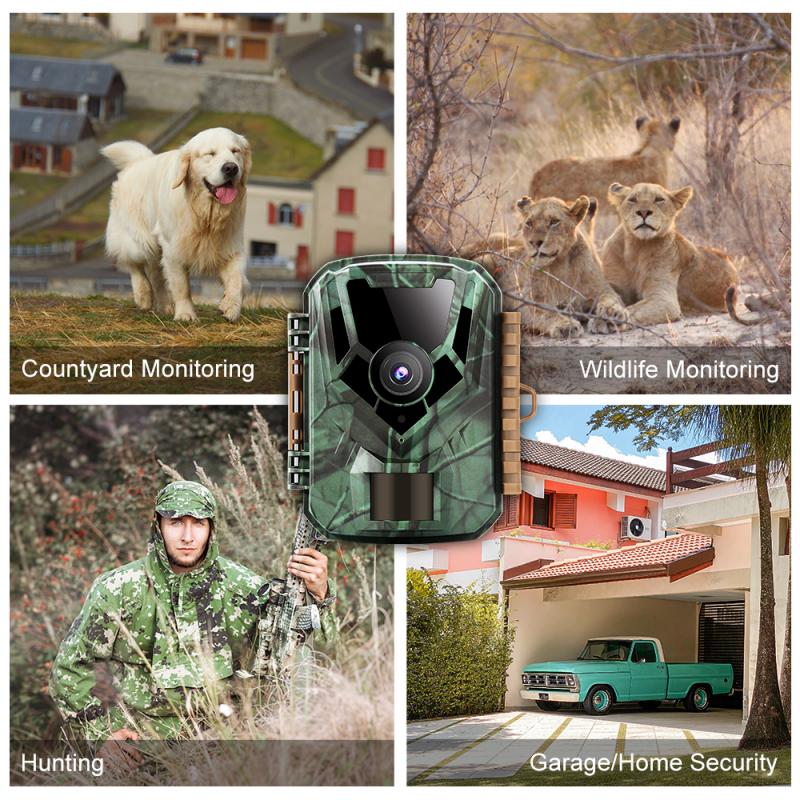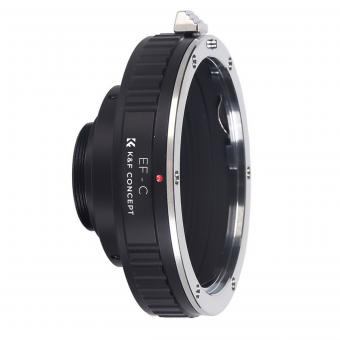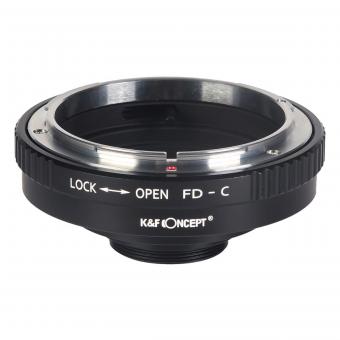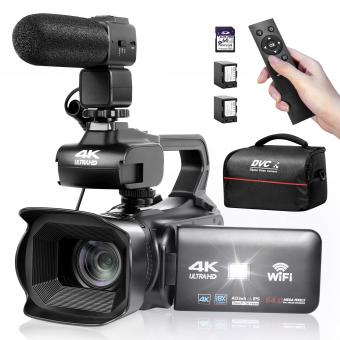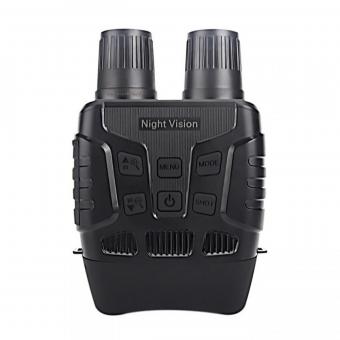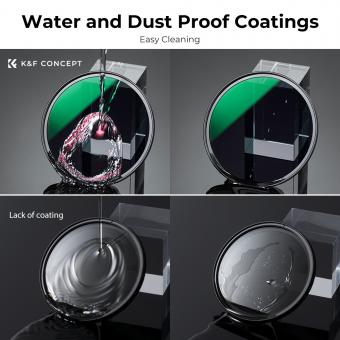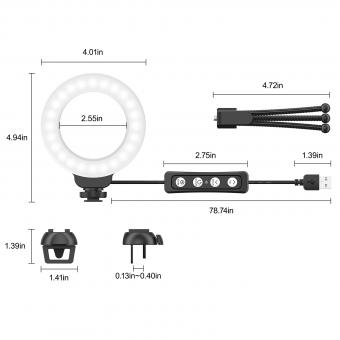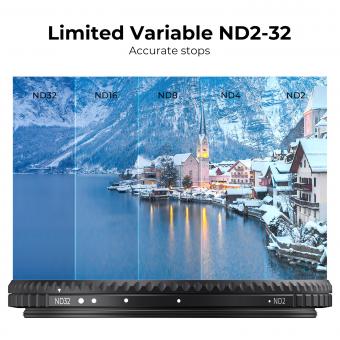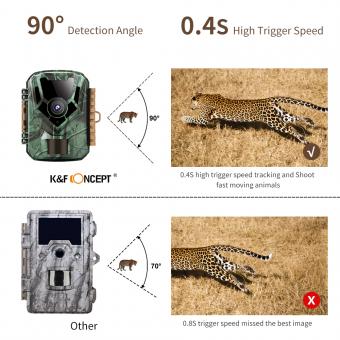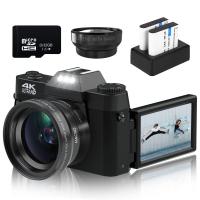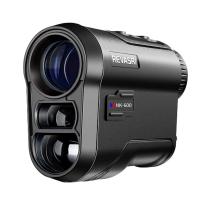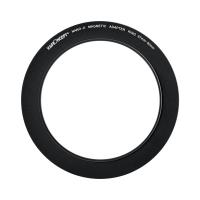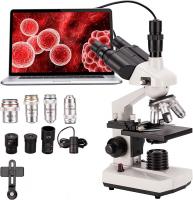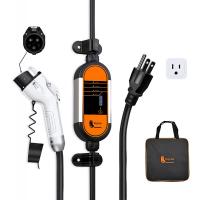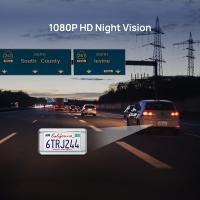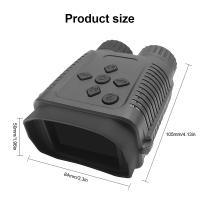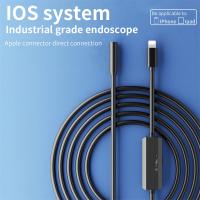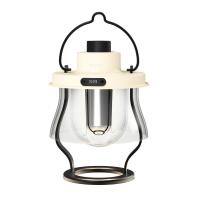Can A Camcorder To Infrared ?
Yes, some camcorders have the capability to record in infrared.
1、 Infrared capabilities of modern camcorders
Infrared capabilities of modern camcorders have significantly improved over the years, allowing users to capture high-quality footage in low-light or nighttime conditions. While not all camcorders have built-in infrared functionality, many models now come equipped with infrared sensors or have the ability to attach external infrared illuminators.
Infrared technology works by capturing the heat signatures emitted by objects, rather than relying on visible light. This enables camcorders to record footage even in complete darkness, making them ideal for surveillance, wildlife observation, or paranormal investigations. The infrared footage captured by these camcorders often appears in shades of green or black and white, providing a unique and eerie aesthetic.
Furthermore, some camcorders offer additional features such as night vision modes, which enhance the visibility of objects in low-light conditions. These modes can be particularly useful for capturing clear footage in dimly lit environments, such as concerts or indoor events.
It is important to note that not all camcorders are created equal when it comes to infrared capabilities. Higher-end models tend to offer better image quality, improved low-light performance, and more advanced infrared features. Therefore, it is advisable to research and compare different camcorder models to find one that best suits your specific needs.
In conclusion, the infrared capabilities of modern camcorders have come a long way, allowing users to capture footage in low-light or nighttime conditions with impressive clarity. Whether you are a professional filmmaker, a nature enthusiast, or someone interested in exploring the unseen, a camcorder with infrared capabilities can open up a whole new world of possibilities.
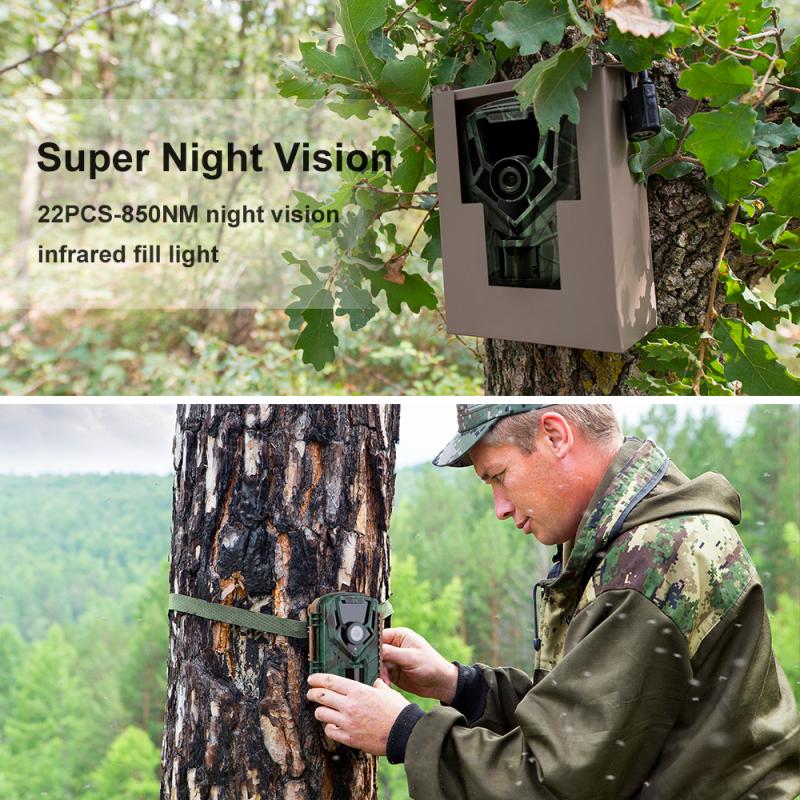
2、 How to use a camcorder for infrared photography
Yes, a camcorder can be used for infrared photography. However, it is important to note that not all camcorders are capable of capturing infrared light. In order to use a camcorder for infrared photography, you will need to modify the camera to remove the infrared-blocking filter that is typically present in most consumer-grade cameras.
To convert a camcorder for infrared photography, you can either send it to a professional camera technician or attempt a DIY modification. The process involves disassembling the camera and removing the infrared-blocking filter. This allows the camera's sensor to capture infrared light, resulting in unique and ethereal images.
It is worth mentioning that modifying a camcorder for infrared photography may void its warranty, so it is important to consider this before proceeding. Additionally, it is recommended to have some technical knowledge and experience in handling camera equipment before attempting any modifications.
Once the camcorder has been modified, you can use it for infrared photography by attaching an infrared filter to the lens. This filter blocks visible light and allows only infrared light to pass through, resulting in striking black and white or false-color images.
In recent years, there has been a growing interest in infrared photography due to its ability to capture unseen details and create surreal landscapes. Many photographers are experimenting with infrared photography to add a unique and artistic touch to their work.
In conclusion, while a camcorder can be used for infrared photography, it requires modification to remove the infrared-blocking filter. This process should be approached with caution and preferably done by a professional camera technician.
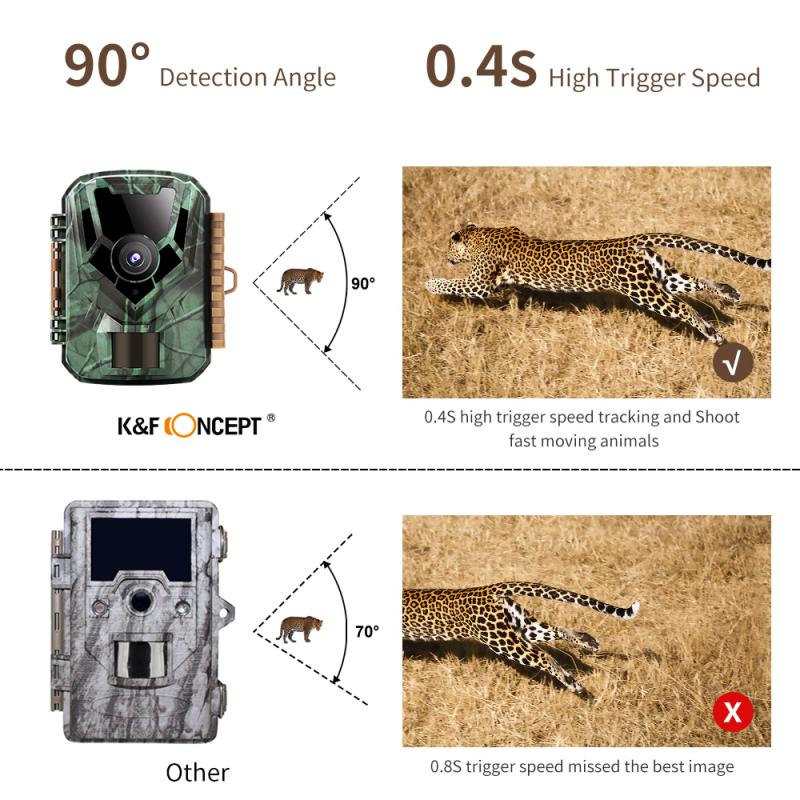
3、 Understanding infrared light and its interaction with camcorders
Understanding infrared light and its interaction with camcorders is crucial in determining whether a camcorder can capture infrared footage. Infrared light is a type of electromagnetic radiation with longer wavelengths than visible light. While our eyes cannot detect it, camcorders can be equipped with sensors that are sensitive to infrared light.
To capture infrared footage, a camcorder needs to have an infrared filter that blocks visible light and allows only infrared light to pass through. This filter is typically present in camcorders designed specifically for infrared photography or videography. Without this filter, the camcorder would capture both visible and infrared light, resulting in distorted images.
Infrared footage can be useful in various applications such as night vision, surveillance, and scientific research. It allows us to see objects and scenes that are not visible to the naked eye, as they emit or reflect infrared radiation. For example, in night vision, the camcorder captures the heat emitted by objects, converting it into a visible image.
However, it is important to note that not all camcorders are capable of capturing infrared footage. Regular consumer-grade camcorders are typically not equipped with the necessary infrared filter and sensors. Therefore, if you want to capture infrared footage, you would need to invest in a specialized camcorder designed for that purpose.
In recent years, there have been advancements in technology that allow for the modification of regular camcorders to capture infrared footage. This involves removing the infrared filter and replacing it with a filter that blocks visible light. However, this modification requires technical expertise and may void the warranty of the camcorder.
In conclusion, a camcorder can capture infrared footage if it is specifically designed for that purpose or if it has been modified accordingly. Regular consumer-grade camcorders do not have the capability to capture infrared footage unless modified. It is important to consider the intended use and requirements before investing in a camcorder for infrared photography or videography.
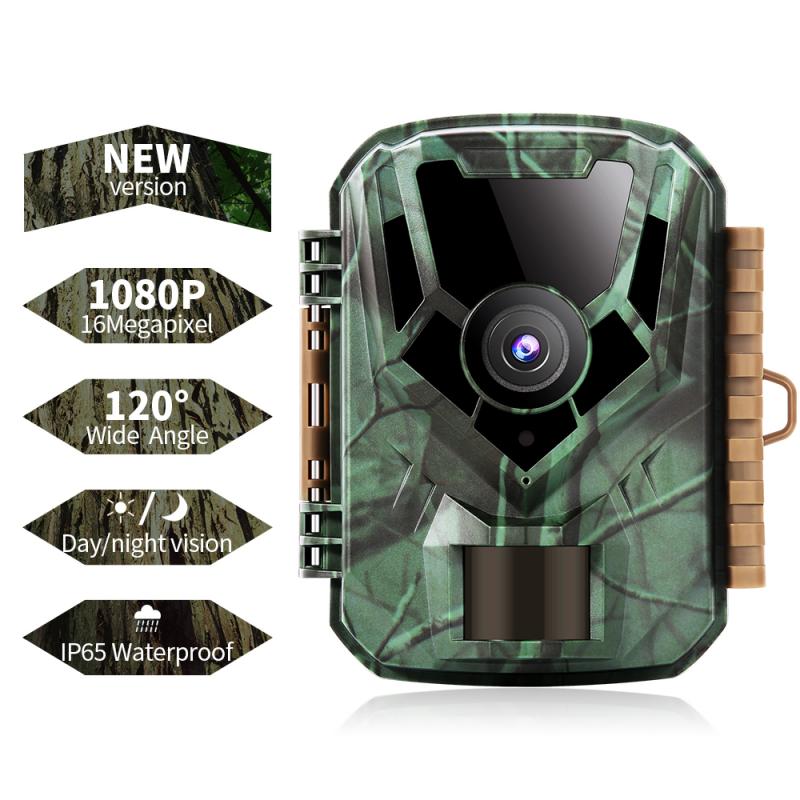
4、 Limitations and considerations when using a camcorder for infrared
Limitations and considerations when using a camcorder for infrared:
1. Sensor sensitivity: Most camcorders are not specifically designed for infrared photography, so their sensors may not be sensitive enough to capture infrared light effectively. This can result in poor image quality and limited ability to capture details in the infrared spectrum.
2. Infrared filter: Many camcorders have built-in infrared filters that block out infrared light. These filters are designed to improve image quality for regular visible light photography but can hinder the capture of infrared images. Removing or modifying the filter may be necessary to achieve better results.
3. Focus and autofocus: Camcorders may struggle with focusing in infrared due to the difference in wavelengths between visible light and infrared light. Manual focus adjustments may be required to ensure sharp images.
4. White balance: Infrared light has a different color temperature compared to visible light, which can affect the white balance settings of a camcorder. Adjustments may be necessary to accurately represent colors in infrared images.
5. Limited control: Many consumer-grade camcorders offer limited manual control over settings such as exposure, shutter speed, and ISO. This can restrict the photographer's ability to fine-tune the infrared image capture.
6. Image artifacts: Some camcorders may introduce artifacts or noise when capturing infrared images, resulting in reduced image quality. This can be due to the camera's image processing algorithms not being optimized for infrared photography.
7. Cost: Dedicated infrared cameras or modified cameras tend to offer better performance and control for infrared photography. However, they can be more expensive compared to using a regular camcorder.
It is important to note that the latest advancements in technology may have addressed some of these limitations. However, for optimal results in infrared photography, it is recommended to use a camera specifically designed or modified for infrared capture.
